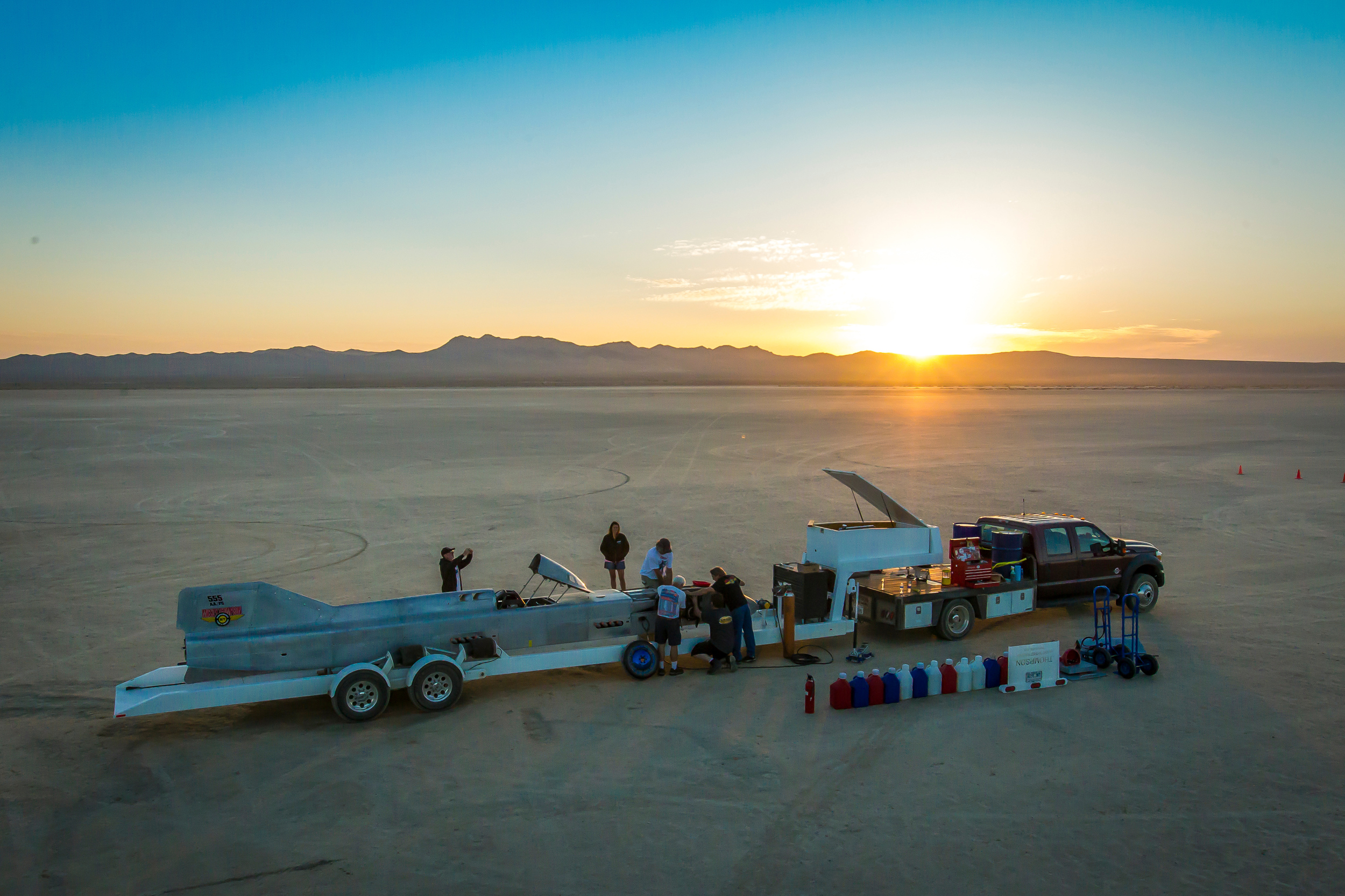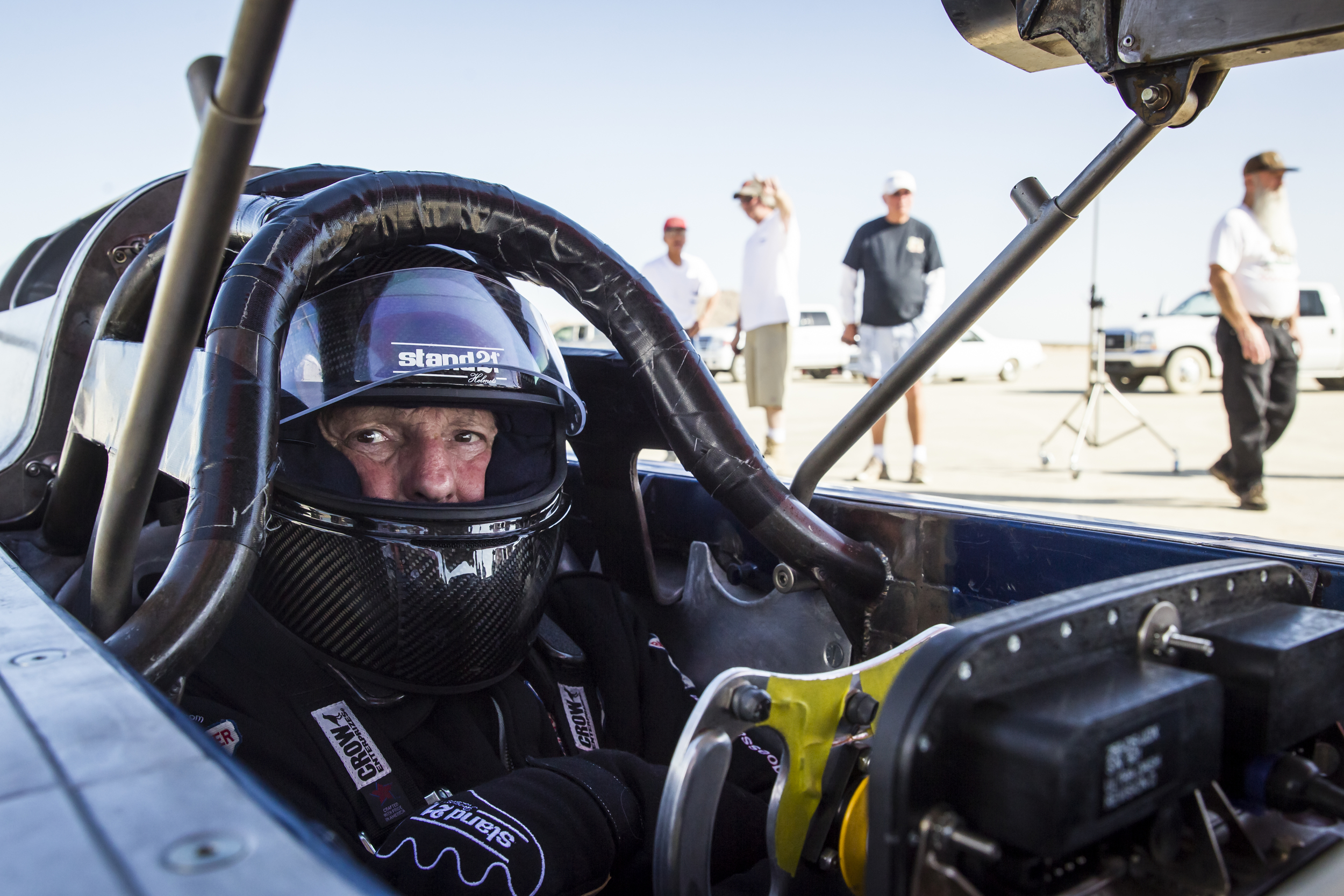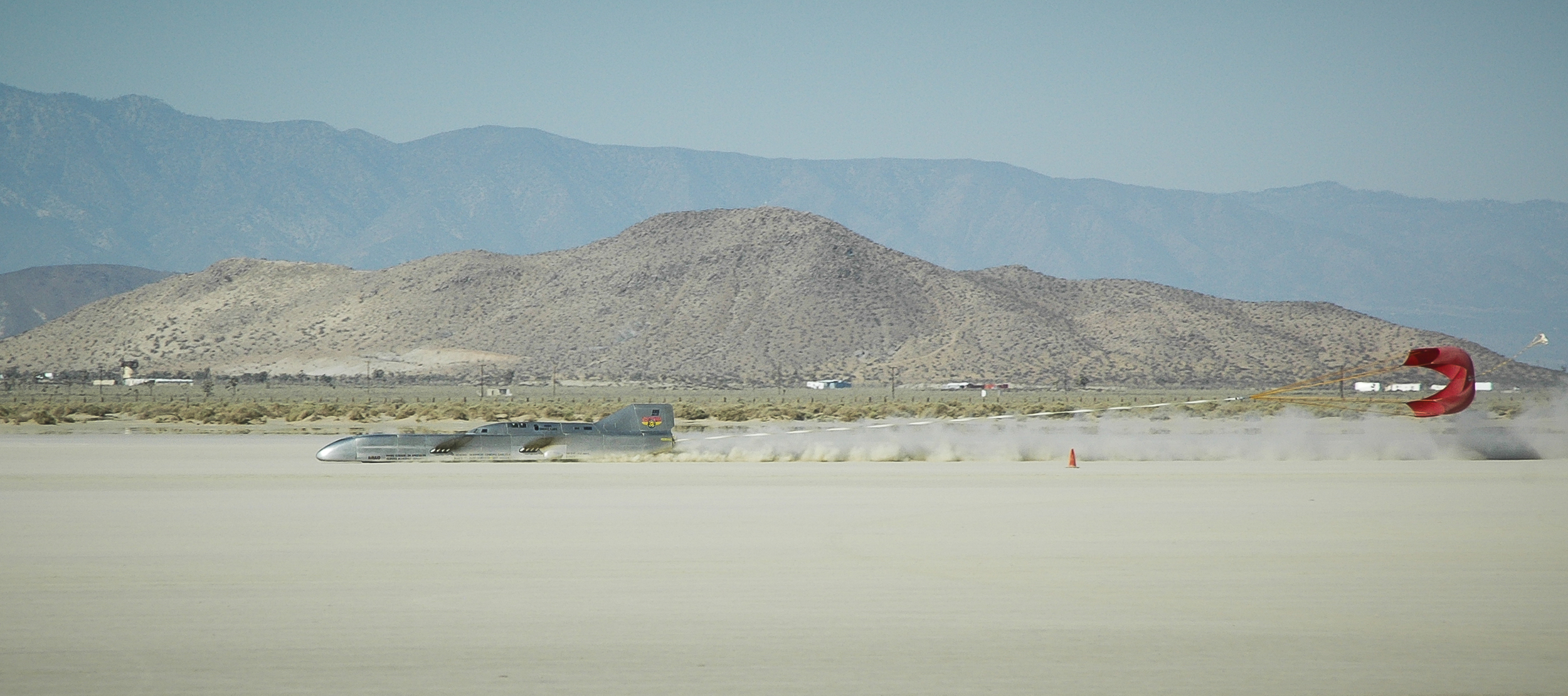What a terrific day. The Challenger II made it’s first run in 46 years—and it hauled ass! I’ve got a lot to say, but I’d like to start by thanking the huge number of people that made this test possible. I’m sure I left a few contributors out, so please get in touch with me so I can add you to the list! This whole post is being dictated over iPhone, so I can guarantee that there will be mistakes and omissions. My apologies in advance.
First, our friends:
Mike Cook, John Baechtel, Zane McNary, Chick Huntimer, James Fleshman, Willi Boeckle, Helmut Haupt, Martin Menne, Monte Warnock, George Callaway, Melanie McGuire, Ron Shipley & Crew, Ron Gillman, Eddie Marlen, Dave Schuten , Jeff Scobin, Roger Rohrdanz, Nick Arias, Tom Curnow
And of course, my amazing crew:
Eric Hoeing, Mike McGuire, Lou Anderson, Frank Hanrahan, Tim Gibson, Terry Herman, Jerry Darrien, Richard Catton, Craig Johnson, Holly Martin, Doug Robinson, Dave Hadley, Tom Mott, Donny Cummins, Art Christman, George Calloway
For those of you who have no idea what I’m talking about, the Challenger II made it’s first successful test run at the El Mirage dry lake today. El Mirage was not my first choice of venues, but flat, smooth, and free ended up being a winning combination. Track conditions were similar to Bonneville’s salt flats in terms of roughness, but the silt surface made less traction. The course was also much shorter than what I expect to run at the SCTA and FIA events later this year.
We made a relatively low speed run (200mph range), but a whole lot of important things went just right, validating many of the engineering choices my team and I have made over the last three years. Our clutch combination allowed us to drive away with a relatively minuscule push, and our four wheel drive setup delivered the traction necessary for rapid and steady acceleration. Tim Gibson’s extremely complex front end architecture worked like a charm, and the steering (after a few adjustments) was smooth and fluid. I was able to test the parachutes and the new carbon fiber breaks, both of which performed perfectly.
We did have a few hiccups. I plan to regress the shifting system, which is currently modeled for F1 style quick shifts. I made it too trick, especially for a pair of hands wrapped in SFI20 compliant safety gloves. We also need to fine tune the radios. I didn’t realize that we’d have to leave the canopy down during warmup (even with a helmet on and air flowing, the engines were dumping too much nitro vapor into the cockpit), and communicating with the crew using our current setup was difficult.
That said, I’m pumped! We’ve got a lot of work ahead of us as we prepare for our next test at Bonneville in July. The engines will be coming apart tomorrow and we’ll be examining every inch of the car as we fix, tune, and optimize. Thanks for coming along for the ride!














